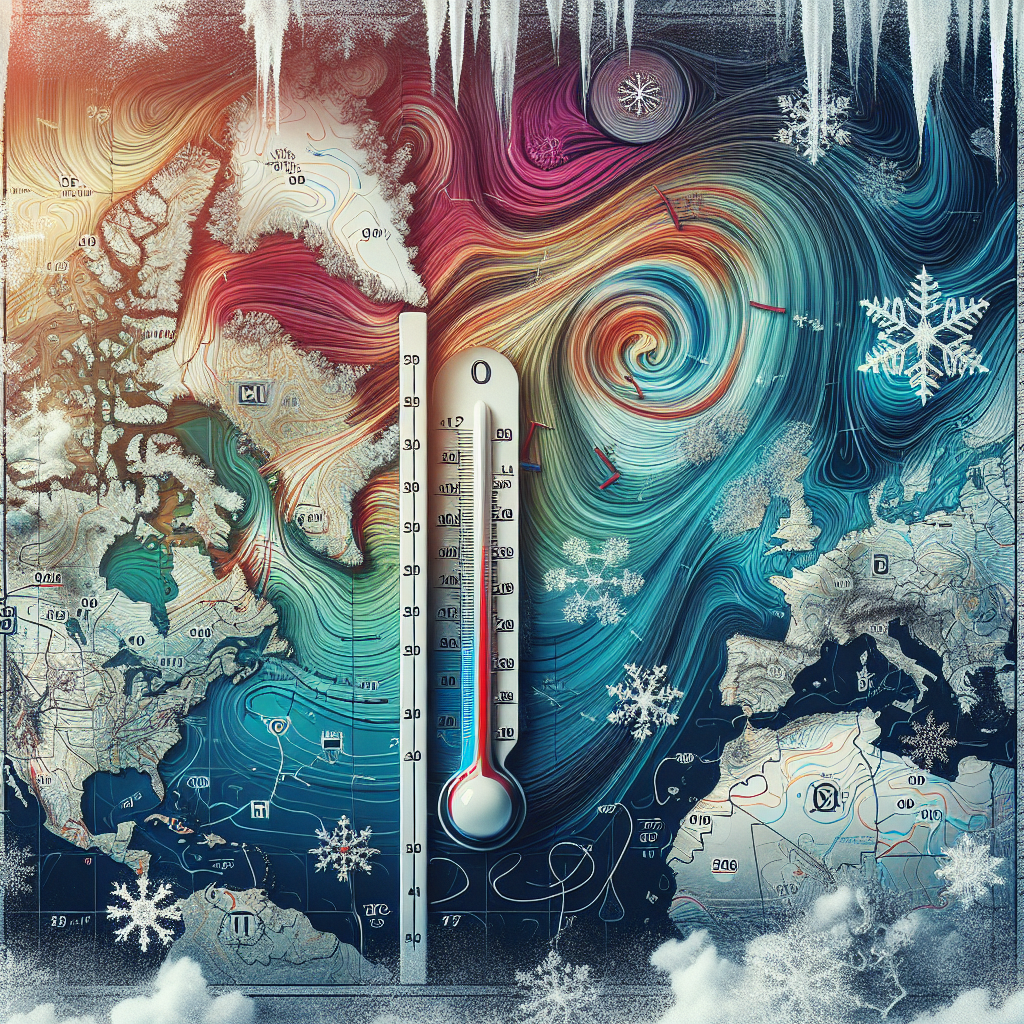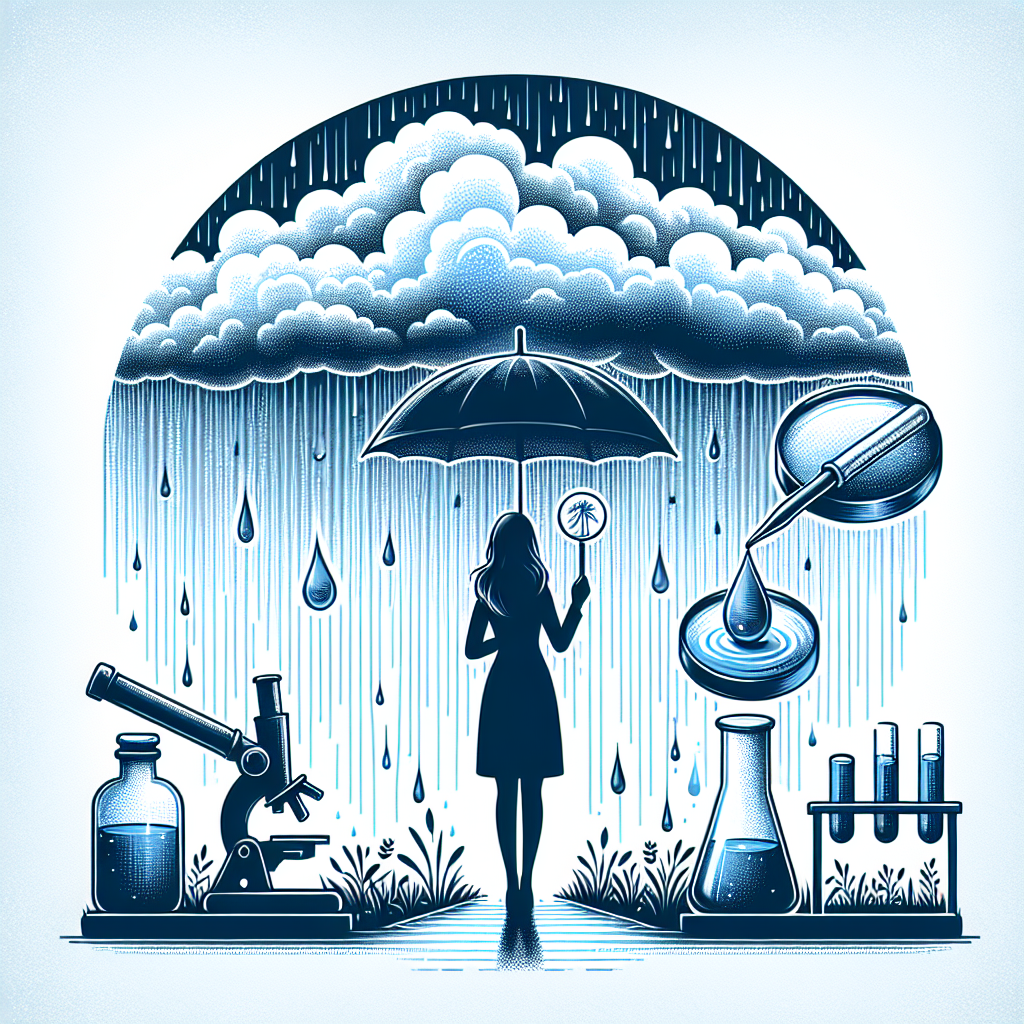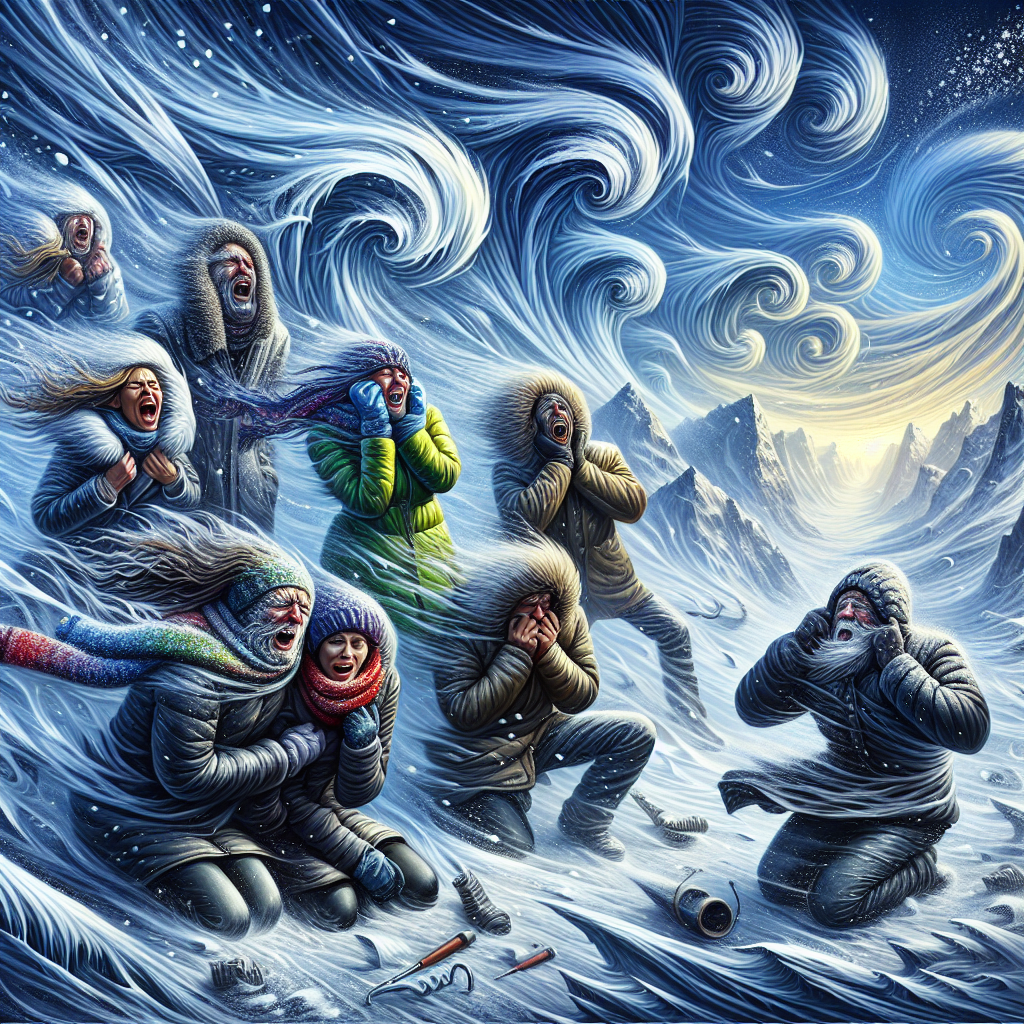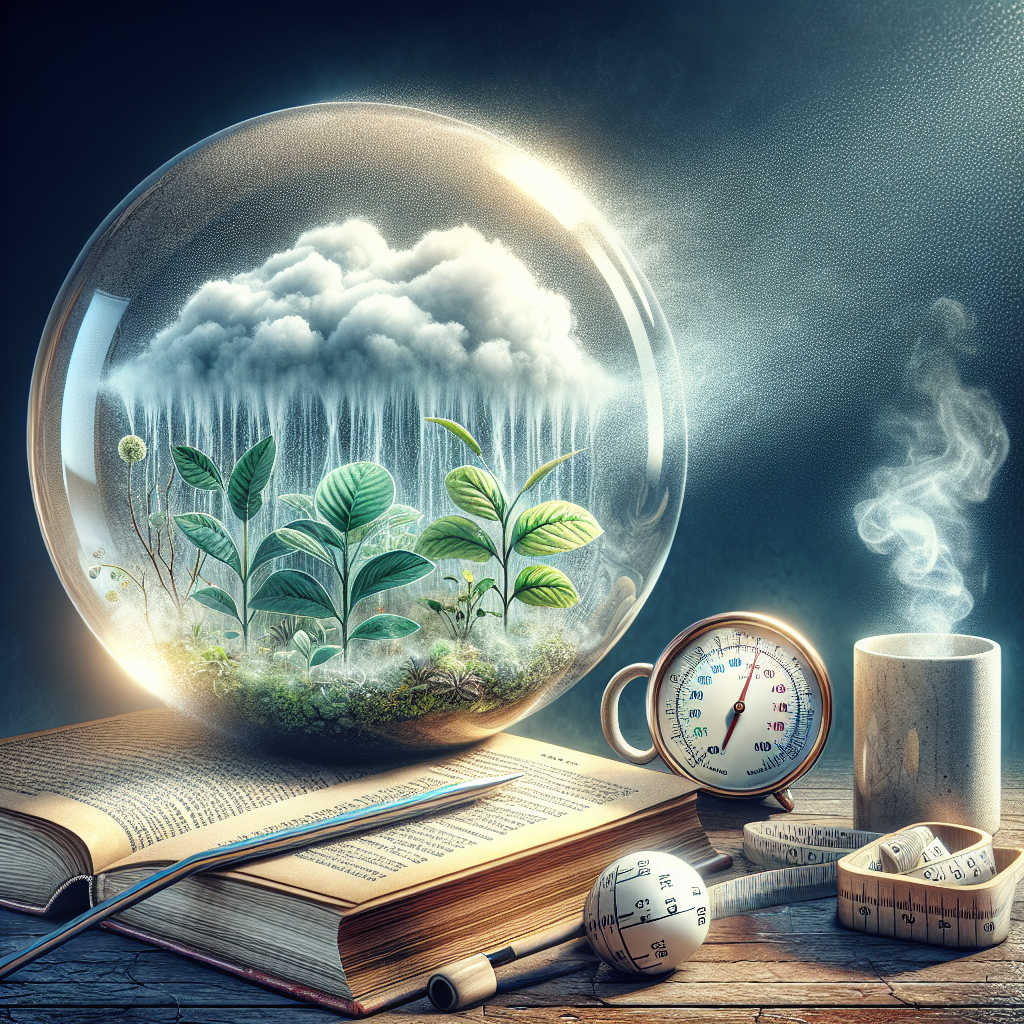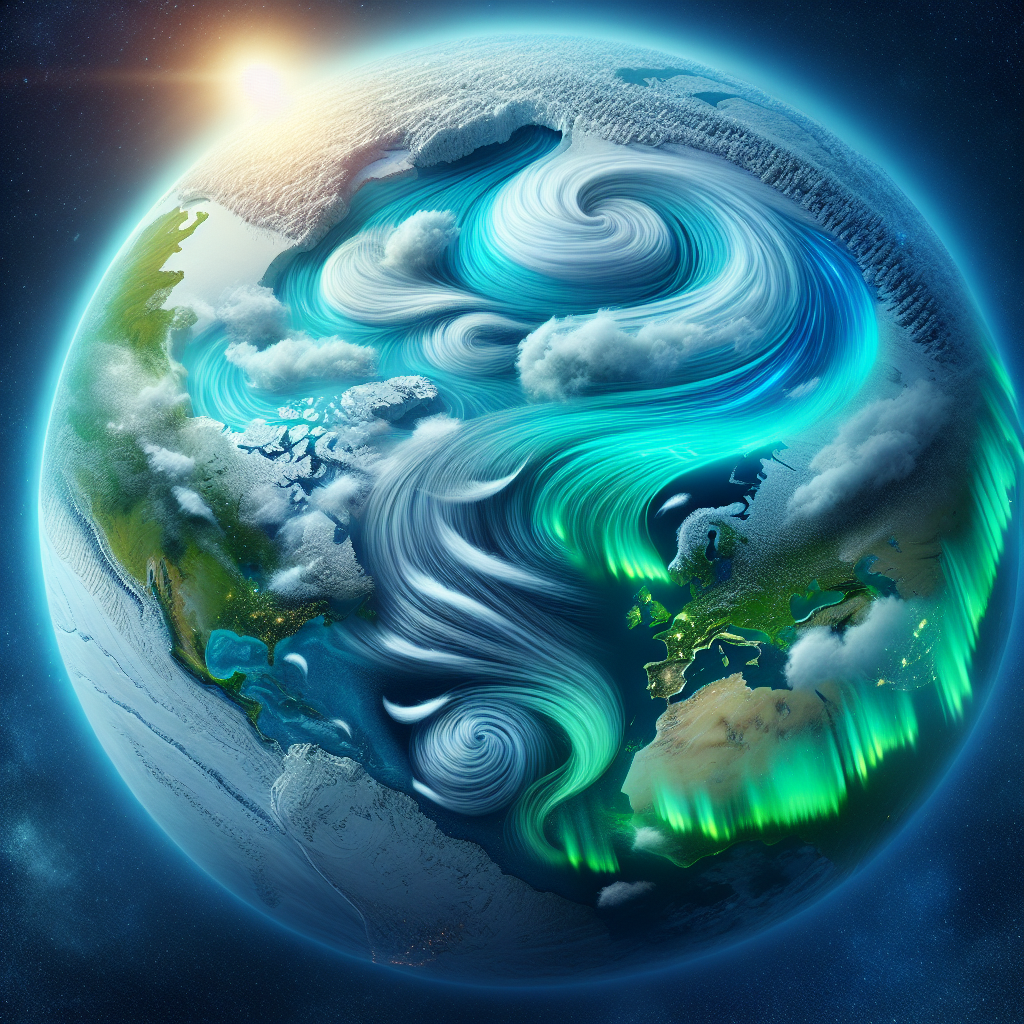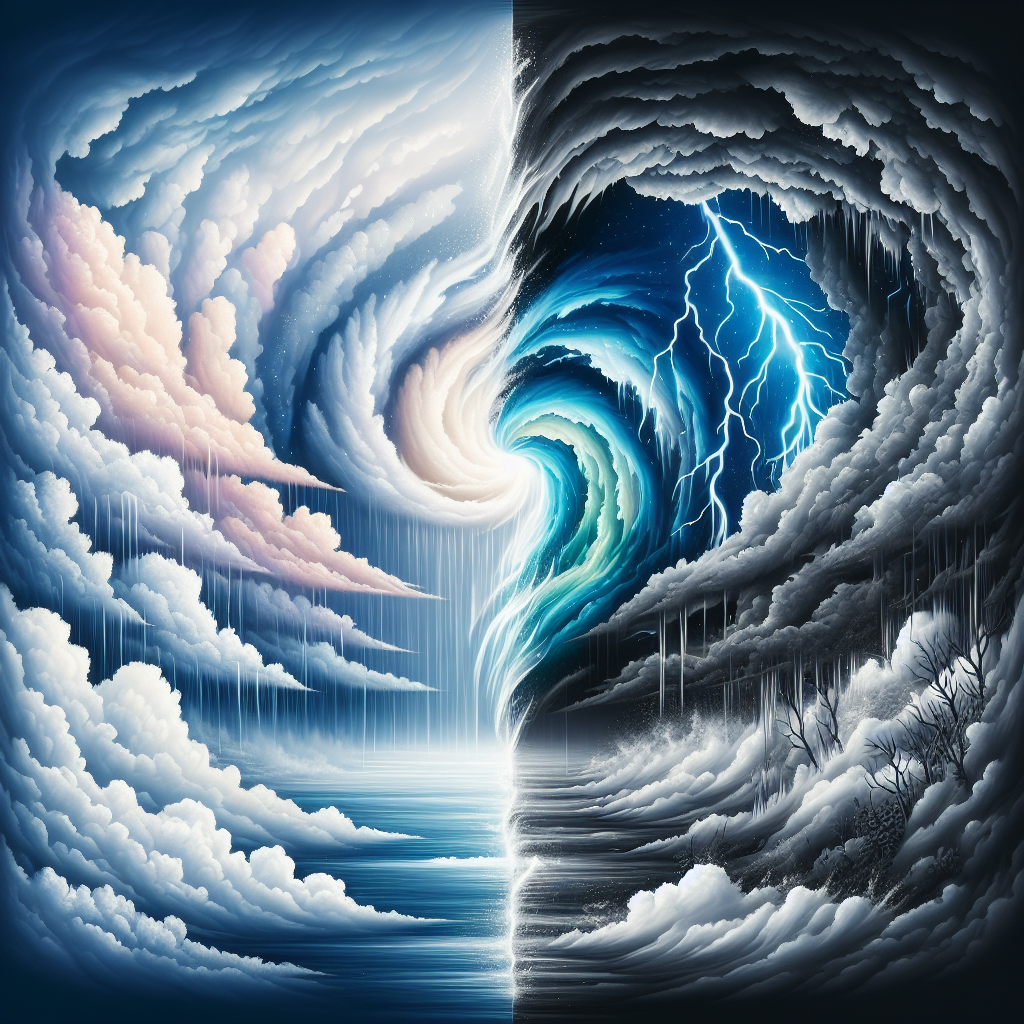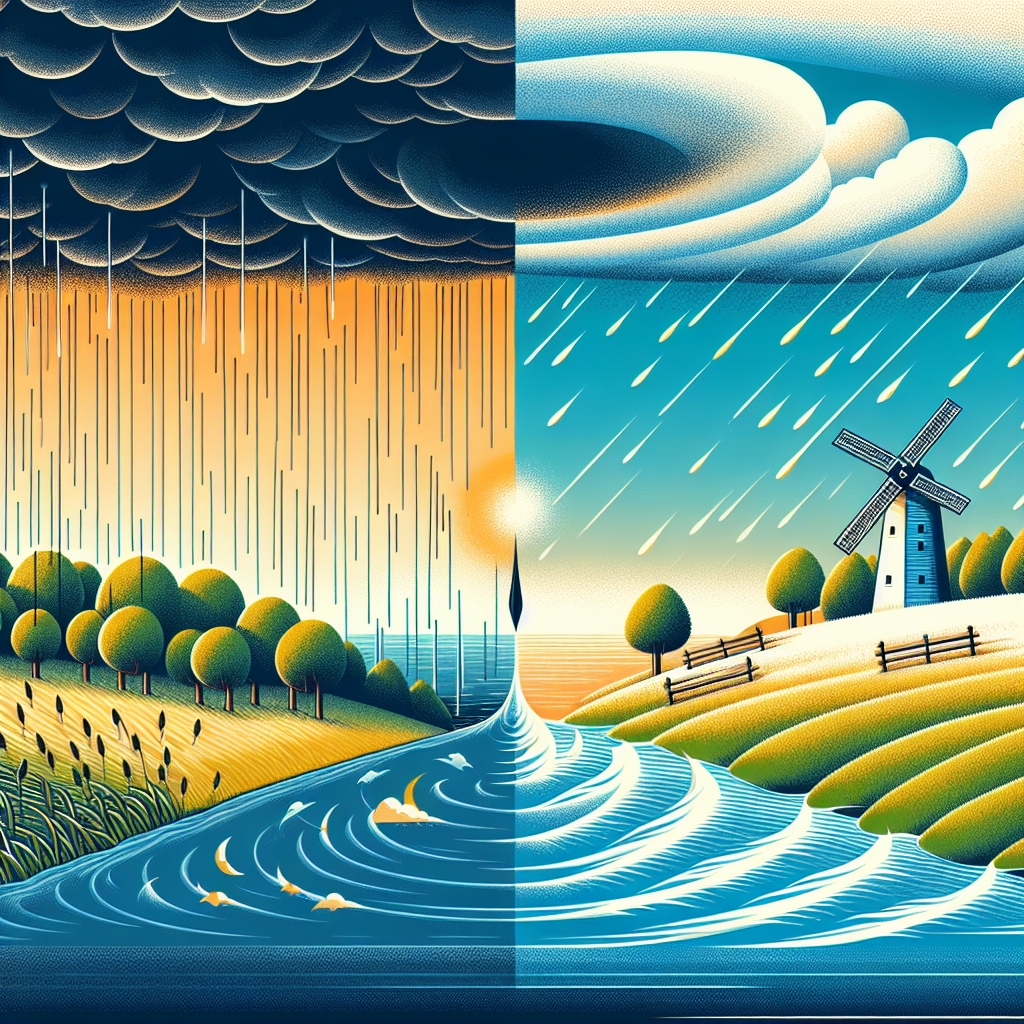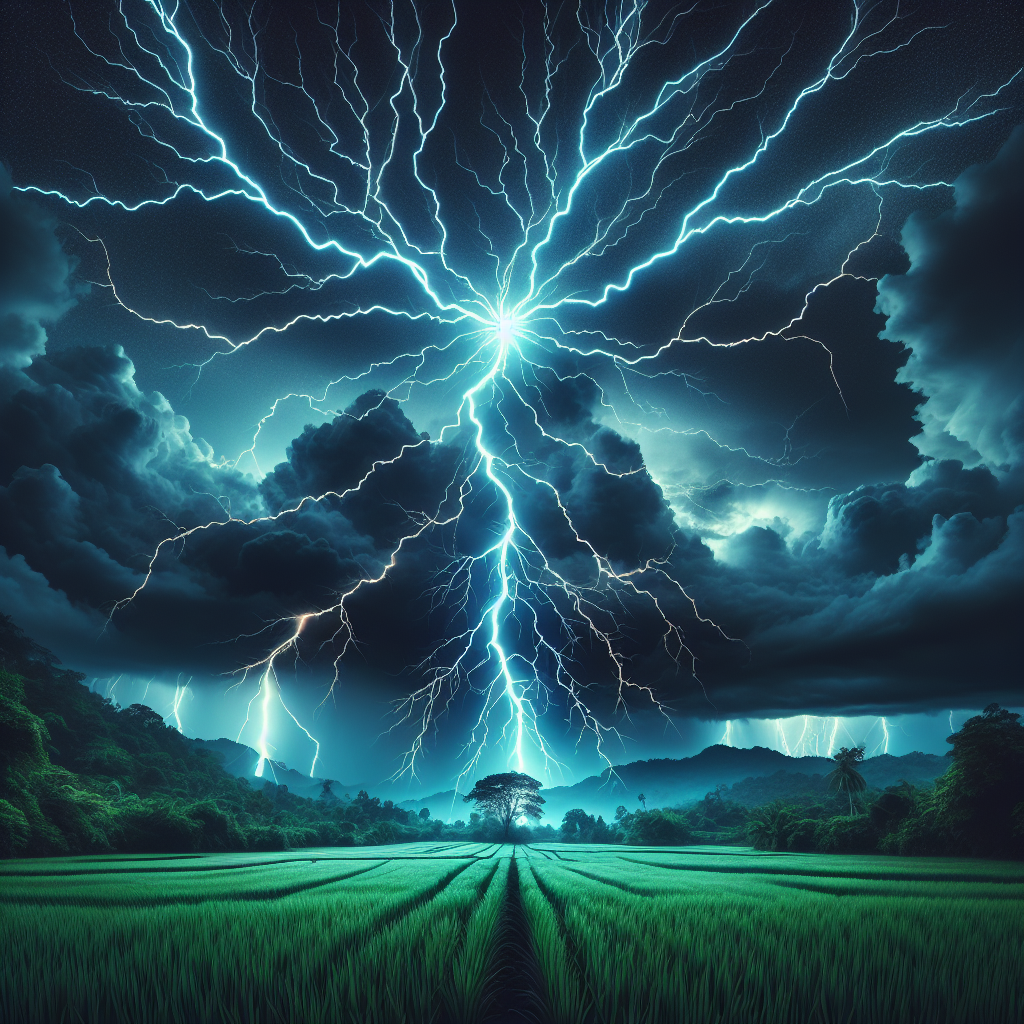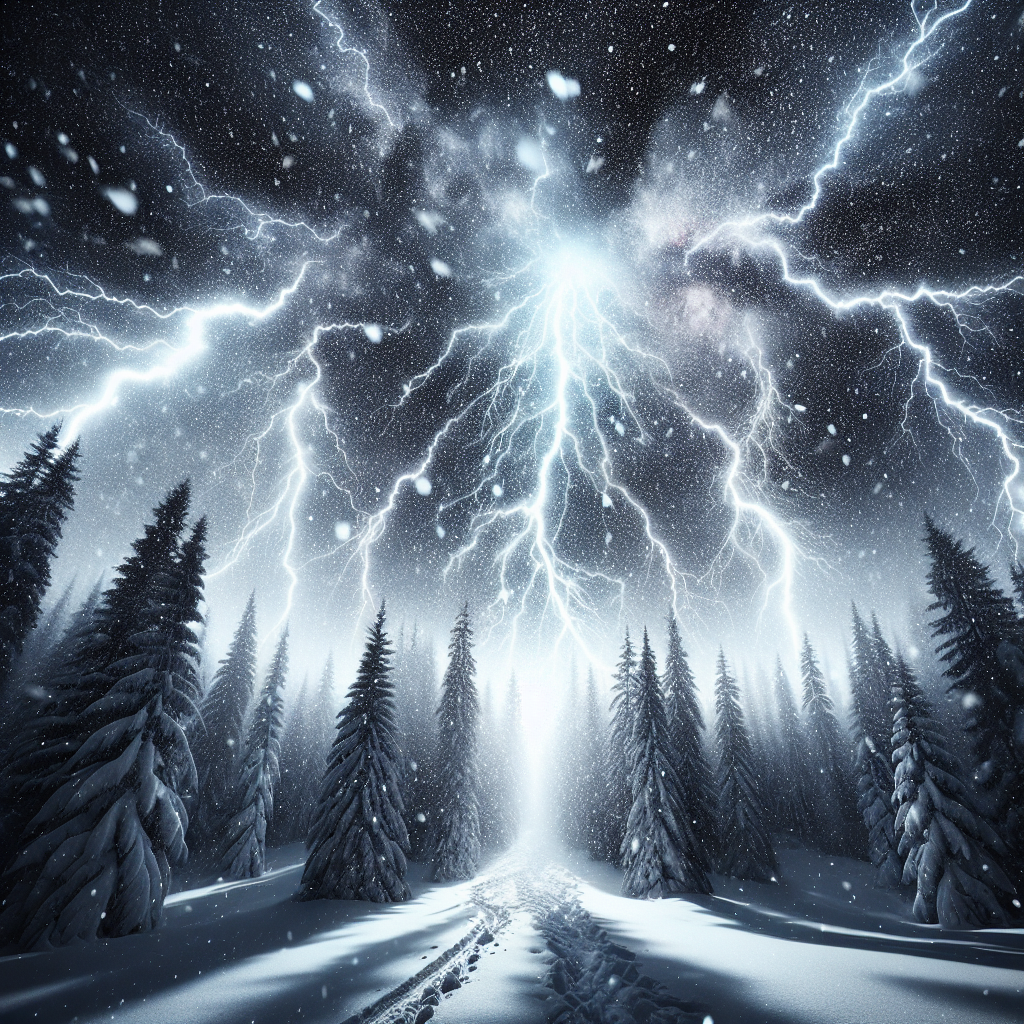The Science of Lightning: A Closer Look
What is Lightning?
Lightning is a dazzling natural phenomenon characterized by bright flashes of light produced during thunderstorms. These electrical discharges occur between areas of differing electrical charges, typically involving the sky, clouds, and the ground. The energy released during a lightning strike is immense, with temperatures reaching up to 30,000 Kelvin (53,540 degrees Fahrenheit), which is hotter than the surface of the sun.
The Formation of Lightning
The formation of lightning begins within a thunderstorm, where strong updrafts of warm air collide with cooler air masses. This combination leads to the formation of ice crystals and water droplets inside the storm’s clouds, creating a complex electrical environment. As particles within the cloud collide, they generate electric charges through a process known as triboelectric charging. Lighter ice crystals gain positive charges and rise to the upper regions of the cloud, while heavier, negatively charged particles sink towards the base.
Charge Separation
The phenomenon often results in a charge separation within the cloud. The upper part of the cloud becomes positively charged, while the lower part accumulates a significant negative charge. This charge imbalance creates a strong electric field that can extend between different parts of the storm or between the cloud and the ground. When the electric field strength exceeds the insulating properties of the air, it creates a conductive pathway, leading to a lightning strike.
Types of Lightning
Lightning can be categorized into several types, each with distinct characteristics:
Cloud-to-Ground (CG) Lightning: The most well-known type, occurring when negative charge from a cloud flows to a positively charged area on the ground. This type of lightning causes most of the damage associated with storms.
Intra-Cloud (IC) Lightning: This occurs within a single cloud, usually between positively and negatively charged regions. It appears as a bright flash illuminating the cloud.
Inter-Cloud (CC) Lightning: This type jumps between two separate clouds, often producing visually captivating displays.
Ground-to-Cloud (GC) Lightning: A less common occurrence that happens when a positively charged discharge attempts to extend from the ground upward towards a negatively charged area in the clouds.
Ball Lightning: A rare and poorly understood phenomenon, ball lightning appears as glowing spheres during thunderstorms but remains largely a mystery in atmospheric science.
The Lightning Strike Process
The process of a lightning strike can be broken down into several stages:
Step Leader Formation: As the charge difference becomes pronounced, a “step leader” forms. This channel of ionized air descends in a series of incremental steps towards the ground.
Ground Response: As the step leader approaches the ground, it induces an upward positive charge from conductive objects on the ground, reaching out to meet the descending leader.
Return Stroke: Once the upward charge meets the step leader, the pathway becomes conductive, allowing for a rapid discharge of electricity back to the cloud. This is the visible flash of lightning we observe.
Afterglow and Dart Leader: Following the return stroke, the channel remains conductive for a brief moment, allowing for subsequent discharges known as the afterglow. The dart leader may follow the same path as the initial step leader, resulting in additional flashes.
The Dangers of Lightning
Despite its beauty, lightning poses significant hazards. Each year, thousands of people around the world are struck by lightning, leading to injuries and fatalities. The most common injuries from lightning strikes include cardiac arrest, burns, and neurological damage. It’s essential to recognize the signs of impending thunderstorms and take shelter to avoid the dangers associated with lightning.
Lightning Detection and Safety
To mitigate the dangers of lightning, various detection systems have been developed. These systems use a combination of radar and satellite data to track thunderstorms. Specialized lightning detection networks which consist of ground-based sensors can triangulate the location of lightning strikes, providing real-time data for weather monitoring.
For safety, individuals should avoid using electrical appliances, stay indoors, and refrain from seeking shelter under trees during thunderstorms. The “30-30 Rule” advises waiting at least 30 minutes after the last clap of thunder before leaving shelter to ensure the threat has passed.
Lightning Research and Technologies
Scientific understanding of lightning has evolved significantly, aided by modern technology. Research into lightning initiation has led to breakthroughs in atmospheric sciences, providing insights into storm behavior, climate patterns, and the effects of lightning on ecosystems. Instruments such as sophisticated radar systems and lightning mapping arrays help researchers study lightning in real-time.
Additionally, advancements in scientific instruments have allowed researchers to analyze lightning’s chemical composition. Observations from lightning have indicated the production of nitrogen oxides, which contribute to ground-level ozone. Interestingly, this indicates that lightning, despite its destructive tendencies, plays a role in the nitrogen cycle by fertilizing soil.
Mythology and Cultural Significance
Lightning has held significance in many cultures throughout history. Often linked to divine authority, gods of thunder and lightning appear in various mythologies. Ancient Greeks attributed thunder to Zeus, while in Norse mythology, Thor wielded thunderbolts. These cultural narratives underscore humanity’s fascination and respect toward this awe-inspiring natural force.
Conclusion
Lightning is not merely an atmospheric phenomenon; it embodies the intricate relationship between the Earth’s weather systems, climate dynamics, and the electrical processes in nature. Understanding the science behind lightning brings clarity to its formation, impacts, and the ongoing research dedicated to unlocking its mysteries. Through ongoing study, we continue to deepen our appreciation for this spectacular display of nature’s power.

